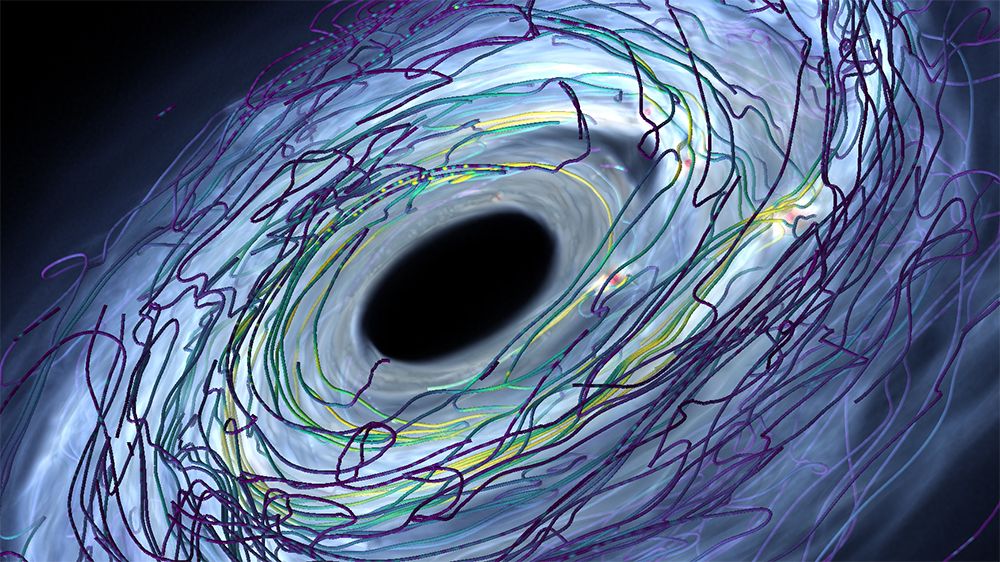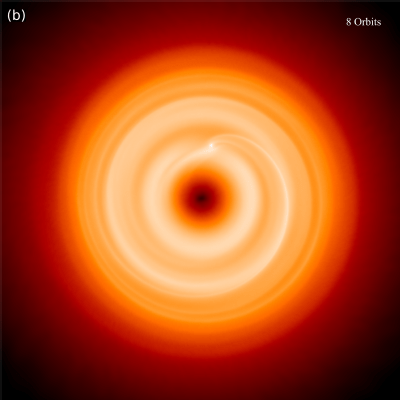In all of scientific modeling, the models attempting to replicate planetary and solar system formation are some of the most complicated. They are also notoriously difficult to develop. Normally they center around one of two formative ideas: planets are shaped primarily by gravity or planets are shaped primarily by magnetism. Now a new theoretical model has been developed by a team at the University of Zurich (UZH) that uses math from both methodologies to inform the most complete model yet of planetary formation.
Continue reading “Magnetic Fields Help Shape the Formation of New Planets”Astronomers are now Finding Planetary Disks Around the Smallest, Least Massive Stars
Astronomers have been watching planetary systems form around sun-like stars for decades. And now, new observations with the ALMA telescope reveal the same process playing out around the smallest, but most common, stars in galaxy.
Continue reading “Astronomers are now Finding Planetary Disks Around the Smallest, Least Massive Stars”What Did The Solar System Look Like Before All The Planets Migrated?
Early planetary migration in the solar system has been long established, and there are myriad theories that have been put forward to explain where the planets were coming from. Theories such as the Grand Tack Hypothesis an the Nice Model show how important that migration is to the current state of our solar system. Now, a team from Lawrence Livermore National Laboratory (LLNL) has come up with a novel way of trying to understand planetary migration patterns: by looking at meteorite compositions.
Continue reading “What Did The Solar System Look Like Before All The Planets Migrated?”Spiral-shaped Planetary Disks Should Be More Common. Giant Planets Might Be Disrupting Their Formation
Planetary system formation is a process that involves astounding and complex forces. Humans have only just started trying to understand what goes on in this extraordinarily important phase of the development of new worlds. As such, we are continuing to make new discoveries and come up with better models that better fit the observations that our instruments are able to collect.
The most recent of those improved models was announced by a research team at the University of Warwick. A paper in Astrophysical Journal Letters explores possible reasons for why there is a lack of spiral structures in newly formed protoplanetary discs. Their answer is a simple one: massive planets that form on the outside of the disc might be disrupting the spiral formation.
Continue reading “Spiral-shaped Planetary Disks Should Be More Common. Giant Planets Might Be Disrupting Their Formation”Astronomers See a Newly Forming Planetary Disk That’s Continuing to Feed On Material from its Nebula

Over the last few years, astronomers have observed distant solar systems in their early stages of growth. ALMA (Atacama Large Millimeter/submillimeter Array) has captured images of young stars and their disks of material. And in those disks, they’ve spotted the tell-tale gaps that signal the presence of growing young planets.
As they ramped up their efforts, astronomers were eventually able to spot the young planets themselves. All those observations helped confirm our understanding of how young solar systems form.
But more recent research adds another level of detail to the nebular hypothesis, which guides our understanding of solar system formation.
Continue reading “Astronomers See a Newly Forming Planetary Disk That’s Continuing to Feed On Material from its Nebula”The Strange, Misshapen Orbits of Planet-Forming Disks in a Triple-Star System
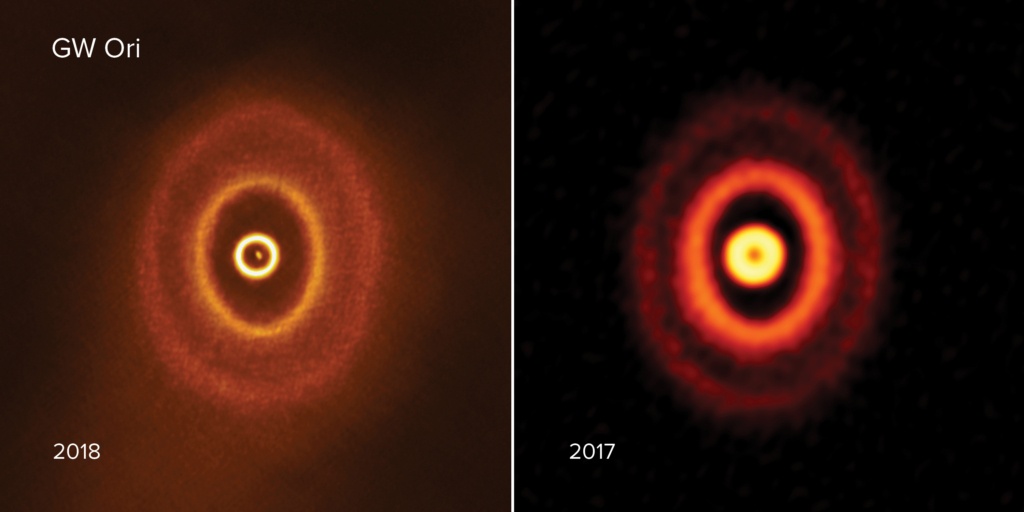
Whatever we grow up with, we think of as normal. Our single solitary yellow star seems normal to us, with planets orbiting on the same, aligned ecliptic. But most stars aren’t alone; most are in binary relationships. And some are in triple-star systems.
And the planet-forming disks around those three-star systems can exhibit some misshapen orbits.
Continue reading “The Strange, Misshapen Orbits of Planet-Forming Disks in a Triple-Star System”Did Jupiter Push Venus Into a Runaway Greenhouse?
Venus has been garnering a lot of attention lately, though primarily in the scientific community as the last Hollywood movie about the planet was released in the 1960s. This is in part due to its dramatic difference from Earth, and what that difference might mean for the study of exoplanets. If we can better understand what happened during Venus’ formation to make it the hell scape it is today, we might be able to better understand what truly constitutes the habitable zone around other stars.
Numerous planetary scientists have focused on Venus’ formation and atmospheric development in the recent past. Now a new paper posits that Venus might have had liquid water on its surface as recently as one billion years ago. And a contributor to the disappearance of that water might be an unlikely culprit: Jupiter.
Continue reading “Did Jupiter Push Venus Into a Runaway Greenhouse?”Newly forming star has spiral arms like a tiny galaxy
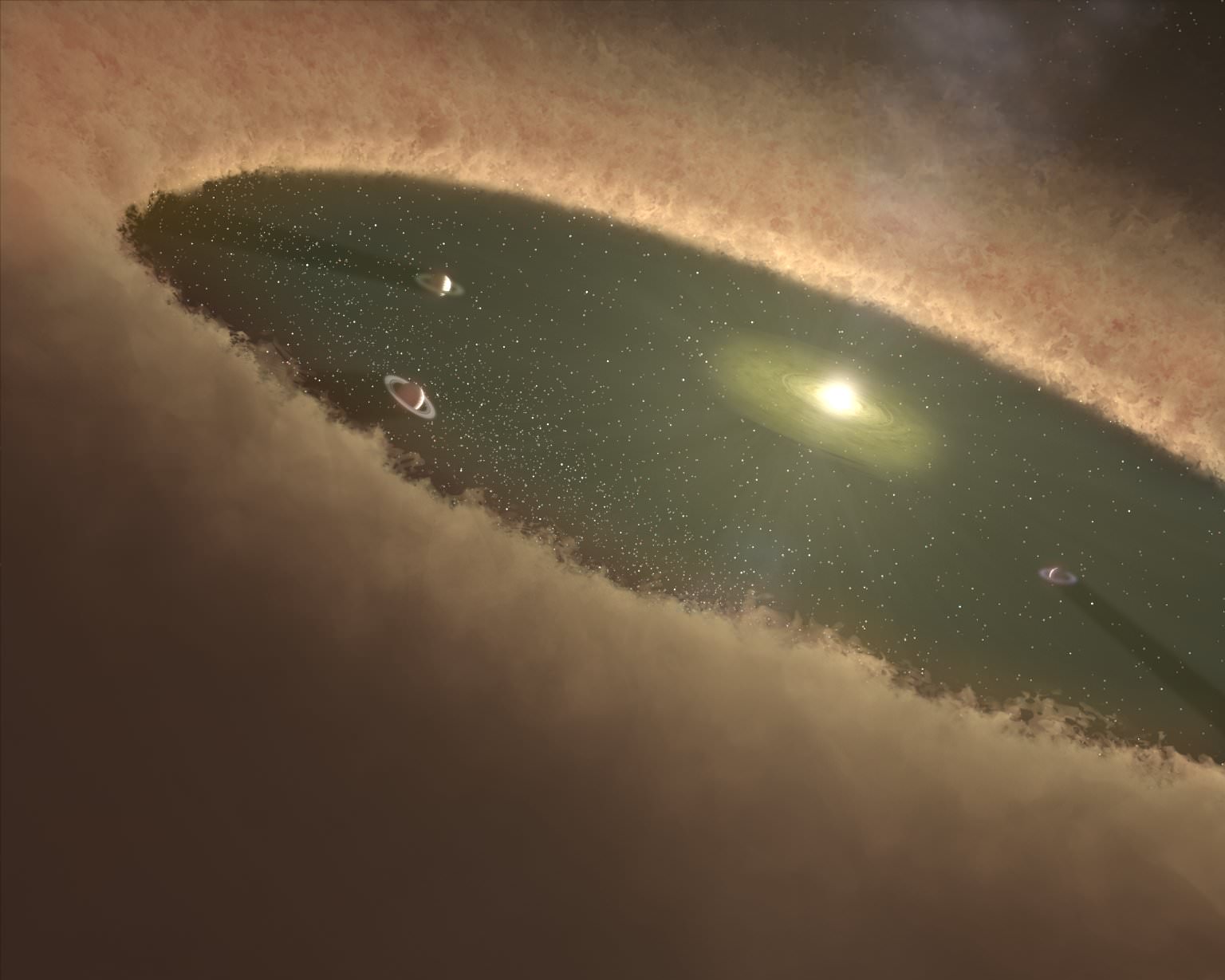
Protoplanetary disks – where young stars are forming their families of planets – usually form concentric rings of gaps. But astronomers have recently spotted a surprising situation: an adolescent star surrounded by galaxy-like spiral arms.
Continue reading “Newly forming star has spiral arms like a tiny galaxy”A Strange Planet has been Found that’s Smaller than Neptune But 50% More Massive
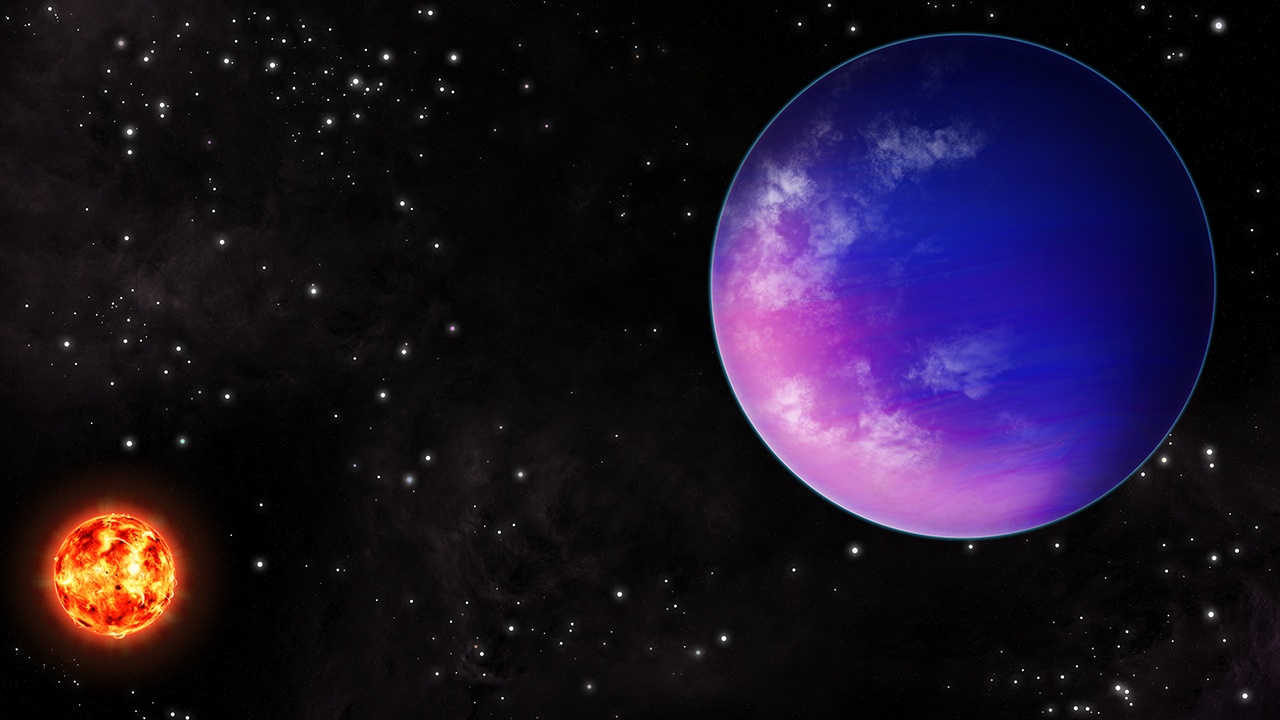
Astronomers have found another strange exoplanet in a distant solar system. This one’s an oddball because its size is intermediate between Earth and Neptune, yet it’s 50% more massive than Neptune.
Astronomers have found what they call “puff planets” in other Solar Systems. Those are planets that are a few times more massive than Earth, but with radii much larger than Neptune’s. But this planet is the opposite of that: it’s much more massive than Neptune, but it also has a much smaller radius. Super-dense, not super-puffy.
This oddball planet is calling into question our understanding of how planets form.
Continue reading “A Strange Planet has been Found that’s Smaller than Neptune But 50% More Massive”A Group of Meteorites All Came From a Destroyed Planetesimal With a Magnetic Core

Before our Solar System had planets, it had planetesimals. Scientists think that most of the meteorites that have struck Earth are fragments of these planetesimals. Scientists also think that these planetesimals either melted completely, very early in their history, or that they remained as little more than collections of rocks, or “rubble piles.”
But one family of meteorites, that have been found spread around the world, appear to come from a planetesimal that bucked that trend.
Continue reading “A Group of Meteorites All Came From a Destroyed Planetesimal With a Magnetic Core”
